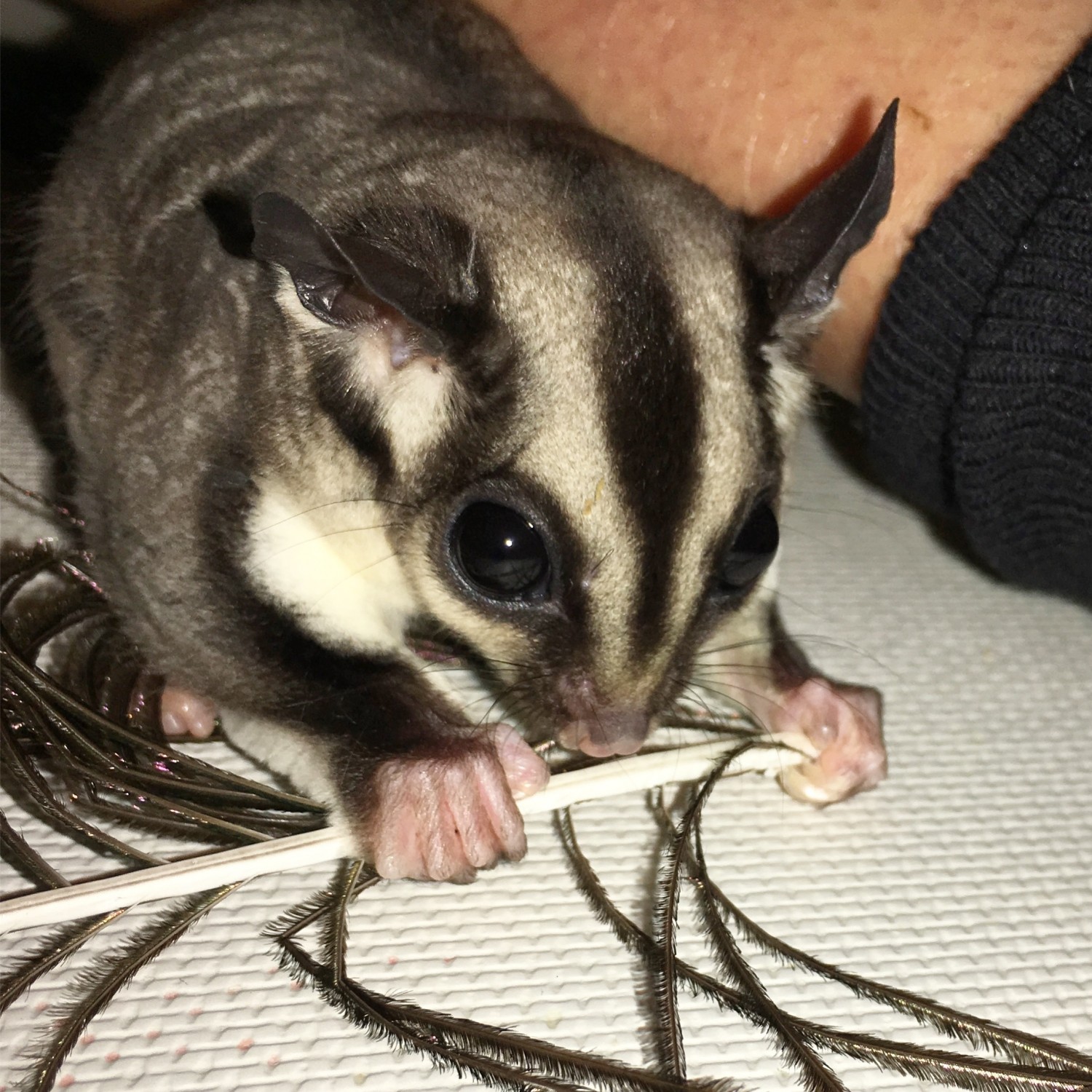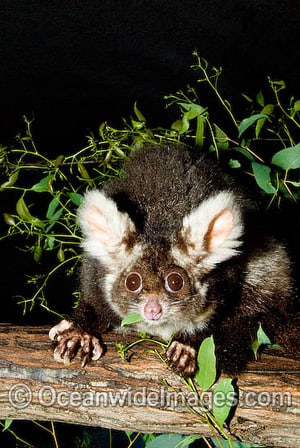

It’s soothing and reflects utter contentment. Afterward, you might hear the most endearing sound from Sugar Gliders, purring. They sneeze into their “hands” and groom their whole body this creature gives a whole new meaning to the word nimble. Then there’s sneezing, and no, the Sugar Glider isn’t sick. You serve as an analogy for people in different metaphysical traditions who have distinct words and phrases, they use which are unfamiliar to those who do not use or encounter such jargon often. While we may not always be certain of this animal’s barking code, other Gliders have comprehension down to a fine art. The glider barks when they’re bored too, like a human talking to themselves. Sometimes the bark alerts others to a situation and other times they’re just playing. So, when you’re trying to get your message across, Sugar Glider says, “Stand up!”īarking is another Sugar Bear conveyance, like a small dog this has far broader applications than chattering. Just to make that noisy effort more effective, they stand up on their legs, begin a charge and start swatting! It’s a startling visual for such a small animal, and it produces the desired impact. Adults may also make this noise, trying to sound tough and intimidate any predators.

Chattering often comes from the children when they something startles or frightens them, or they feel a threat from the unknown. They have several primary sounds, each of which serves a distinct purpose. While lacking in what humans might call hospitality, the male Sugar Glider knows he is safeguarding his little tribe.Ĭommunication surfaces as one of the Sugar Glider’s attributes. Anyone who approaches without that marking faces a danger of assault.

The dominant male marks his members with scent glands. It does not let anyone wander into its colony. When it gets chilly, they huddle, conserving body heat and making sure the children stay warm this provides Honey Gliders with the symbolism of community effort, teamwork, cooperation, and as a living example of a functional extended family unit. Sugar Gliders circle in groups of about eight adults with their young this is just enough trusted companions for protecting their nest. Sugar Gliders celebrate nature’s aerodynamics every day! Prior to landing, the Glider turns to a nose-up position, stretching its legs out like aircraft landing gear and grasping the intended tree trunk. That furry tail becomes a functional rudder steering the Glider where it wants. As the Sugar Glider increases speed they flatten out. So how do they fly? First, they jump downward. Behold the view and gain a whole new perspective.

Here we engage with the wisdom of trees, sky, and the heavens themselves. The Gliding Possum Spirit empowers us to take a cue from that and take our leap, soaring to the highest bower. Native to Northern Australia and New Guinea, the Sugar Gliders are the most airborne of all mammals. Sugar Gliders (also known as “Sugar Bears,” “Flying Possums” or “Honey Gliders”) are sweet marsupials who understand what it means to take a “leap of faith.” Their physical makeup includes a membrane between their first toe and fifth finger, allowing them easy sailing for nearly 500 feet through the eucalyptus this connects them with the Air Element and leaves the impression of a skilled aerial acrobat who trusts in destiny.


 0 kommentar(er)
0 kommentar(er)
